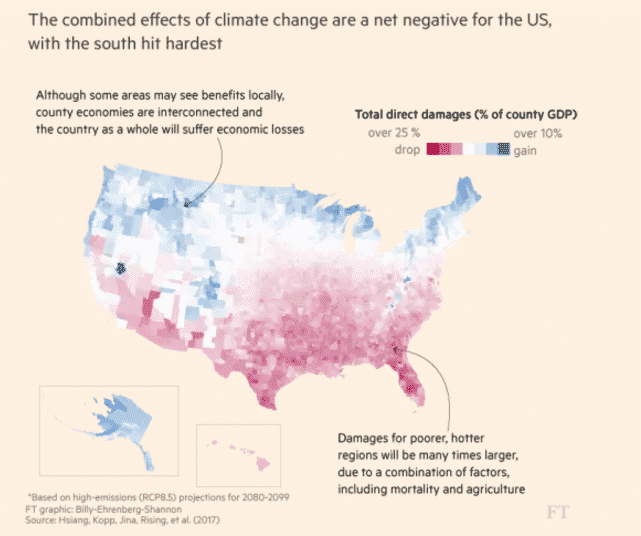Peter Kuitenbrouwer at The Walrus:
Born in 1842 in southern Quebec, Calixa Lavallée was Canada’s original hitmaker. He landed his first gig at age nine: he played the organ barefooted in a St-Hyacinthe church. At fifteen, he followed minstrels from Montreal to New Orleans. Lavallée enlisted in the Union army at the outset of the American Civil War and served as a cornetist; he was wounded and discharged with a monthly pension of $8.
Lavallée then worked as a composer, travelling through Quebec, Boston, and France. His big break came in 1880, when the Société Saint-Jean-Baptiste, a group created for the growing French population of the new world, commissioned a party song. Lavallée composed the music to “O Canada,” and Adolphe-Basile Routhier, a Quebec judge and poet, wrote the French lyrics. At a skating pavilion in Quebec City on June 24, 1880, during a celebration of the province’s Saint-Jean-Baptiste Day, more than 500 guests first sang what would become Canada’s national anthem.
Lavallée died penniless in Boston in 1891. His song, though, stayed on the provincial hit parade for about eighty years. The Encyclopédie du patrimoine culturel de l’Amérique française notes that “O Canada” rang out during the 300th birthday of Quebec City in 1908 and “occupied a place of honour in Quebec Catholic schools for many years.” Andrée Dufour, a researcher at Laval University who is an expert in the history of education in Quebec, says, “I knew the era when we proudly sang ‘O Canada’ in class.”
more here.

